Hiked: weekly, 3 miles
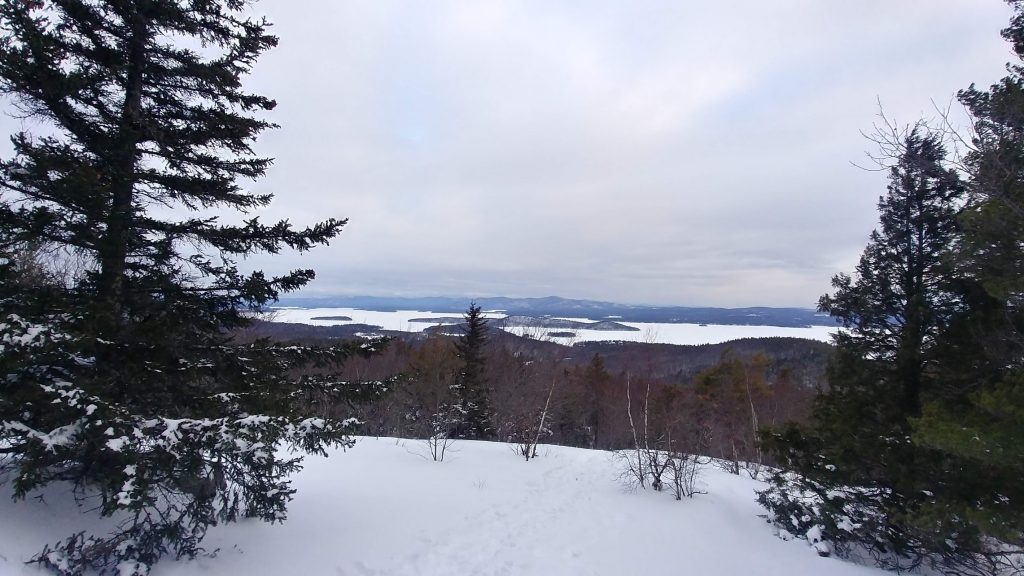
Mount Major is a great hike for all ages and hiking level/proficiencies. Free parking is available off NH11 in Alton, NH, with limited restrooms in fall-spring. The main trail, blue trail, is 1.5 miles, the shortest route to the summit, but tends to be steeper. The yellow trail (brook trail) branches from the blue trail for a longer, less steep option at 2.4 miles (one-way). The orange trail (boulder trail) is roughly 1.6 miles from the parking lot to the summit. This trailhead can be found to the left of the main (blue) trailhead. In the winter, there is also a trail for snowmobiles to summit the mountain.
With only 3-5 miles round trip taking 1-3 hours and 1,148 ft elevation gain, this is such a rewarding hike, without having to spend a whole day hiking. The view is amazing with 360 view of surrounding mountains including Gunstock, Lake Winnipesauke, and on clear days a distant view of the White Mountains.
Hiking requires different gear, knowledge, and skill throughout the seasons. Over the past year, I have hiked Mt Major twenty times from April 16, 2020 to March 24, 2021. Out of these hikes so far, half of them have been in the summer, one in the fall, three in the winter, and six this spring.
This past summer and current spring, I hiked Mt Major almost on a weekly basis, with the summer hiking during sunset and sunrise for the spring.
Winter: December-February
Winter months require more planning, due to unpredictable weather and shorter daylight. Headlamps or flashlight (with extra batteries), crampons or microspikes, and warm layers are strongly recommended. I had found that spikes were necessary both in the beginning and toward the end of the winter months, because the temperature would fluctuate more: warm in the day, freezing at night, causing more icy conditions.
Hat, waterproof gloves or mittens, long johns, sweater, rain jacket, and down jacket (I keep mine in my bag in case of especially cold weather) are good to wear for these months. Mt Major’s summit is completely open, which makes it especially cold on windy days.
Spring: March-May
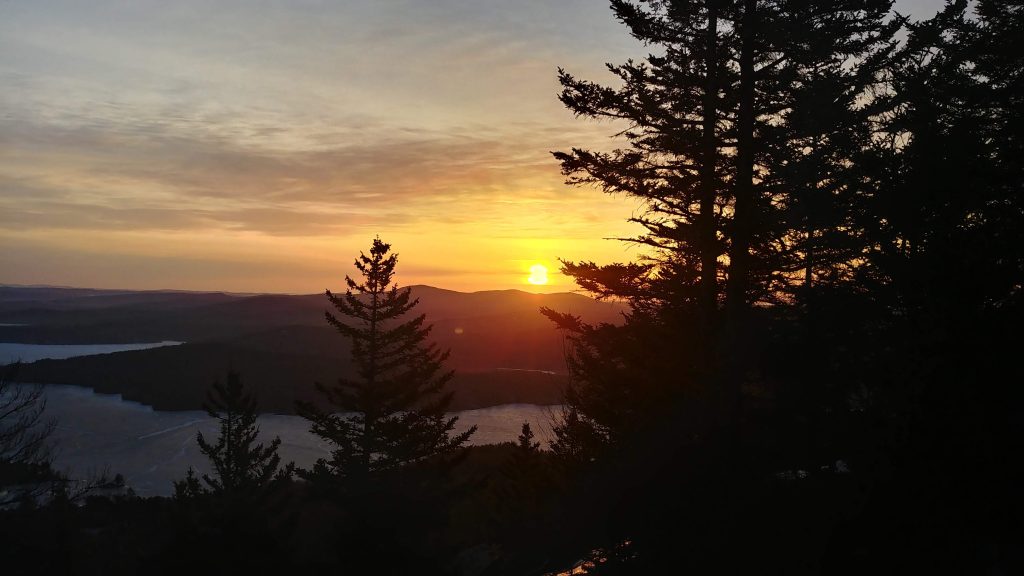
The beginning of spring requires similar gear to winter: crampons or microspikes and warm layers. The trail can ice over anytime between March-April (sometimes beginning of May depending on temperatures). Yesterday, the end of the trail had finally melted, but it was still mostly frozen over making the trip down difficult without spikes.
Personally, I love hiking this for sunrise in the spring (after daylight savings). I feel like I have more of my day, as I start the hike around 5-6am and finish around 7:30-8:30am. A great thing I have started bringing on these hikes have been warm coffee in a thermos. This is especially great on the more windy days.
Sunrise and sunset hikes are less popular, but some of my favorite views. Other times of day can get pretty packed on the trails and summit.
Summer: June-August
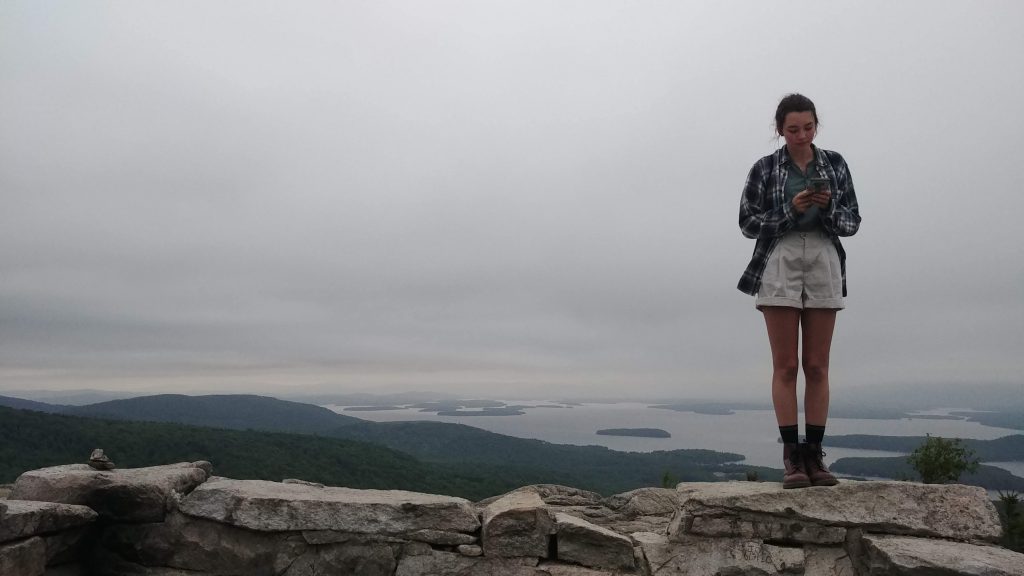
Summer is the best time to hike as it offers warmer temperatures, longer daylight, and requires a lot less gear. I have found the trails to be more packed during these months. The trails are pretty rocky most of the way, but it is manageable to navigate. Flat terrain is less rocky, so if this is your preference the yellow trail may be best. The beginning of the orange trail is similar, but gets steep at the last stretch.
Fall: September-November
I am least familiar hiking Mt Major in the fall months, as I have only done one in mid-September so far. With my experience on other hikes, I assume November could have icy conditions, depending on weather and temperatures.
Being prepared is always good to keep in mind before beginning any hike. Be sure to always check the weather and trail conditions beforehand. Trail conditions can be found through reading recent reviews from other hikers. I like to use https://www.alltrails.com because it gives a lot of information of the trails including hiker’s recorded times, trail map (downloadable if purchasing the premium version, the free version can be used when online), weekly weather reports for the area, photos and reviews, and the best times of year to hike the particular trail. For example, April-November is best due to the amount of ice during the winter months.
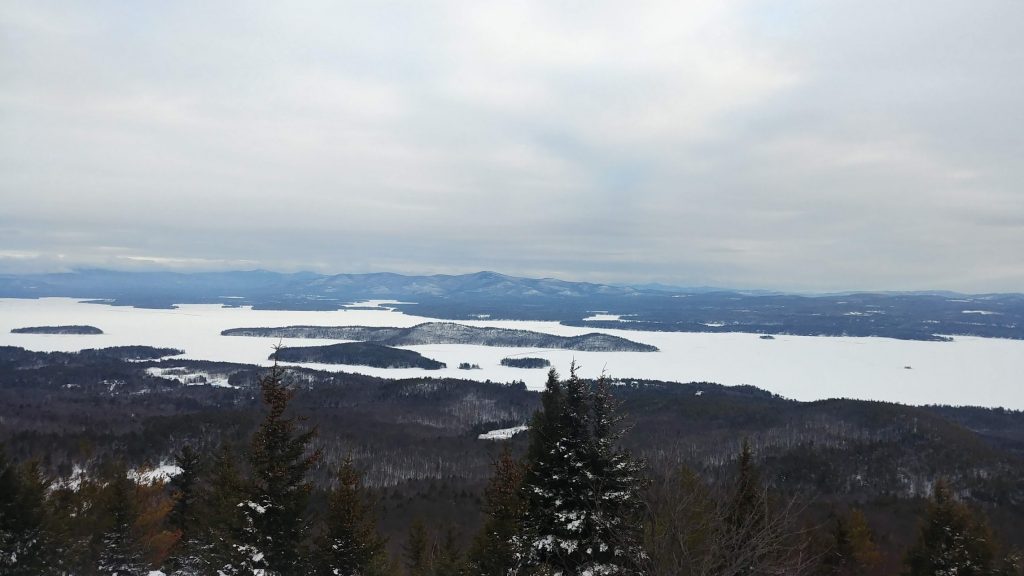
02.04.21 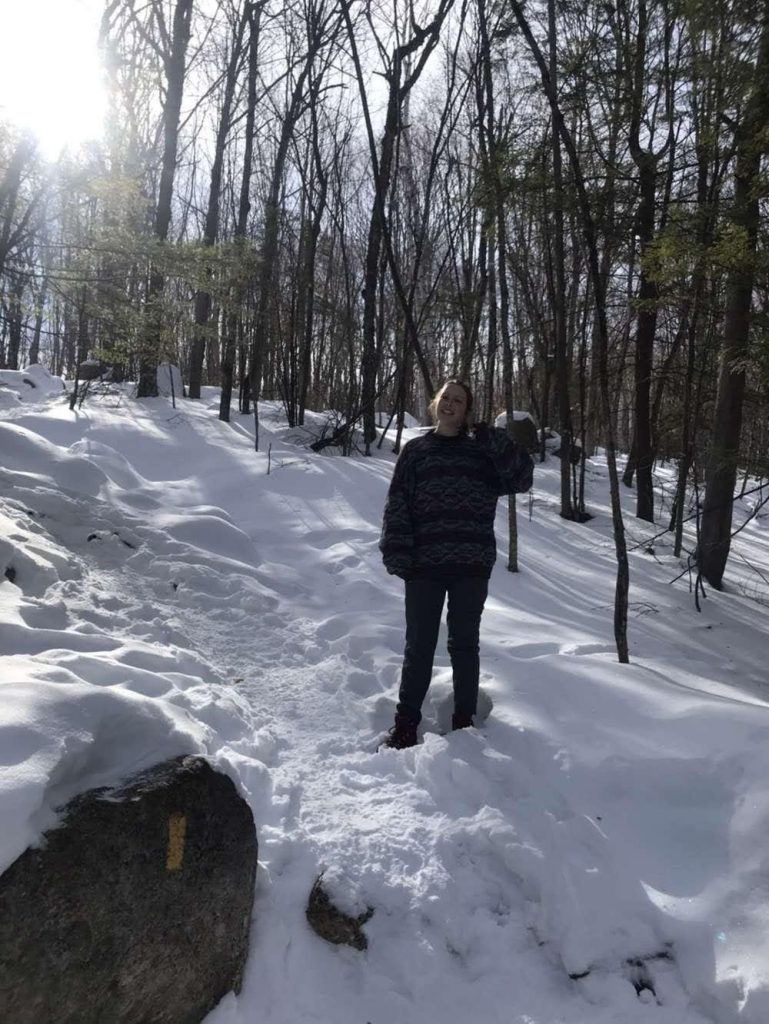
02.13.21 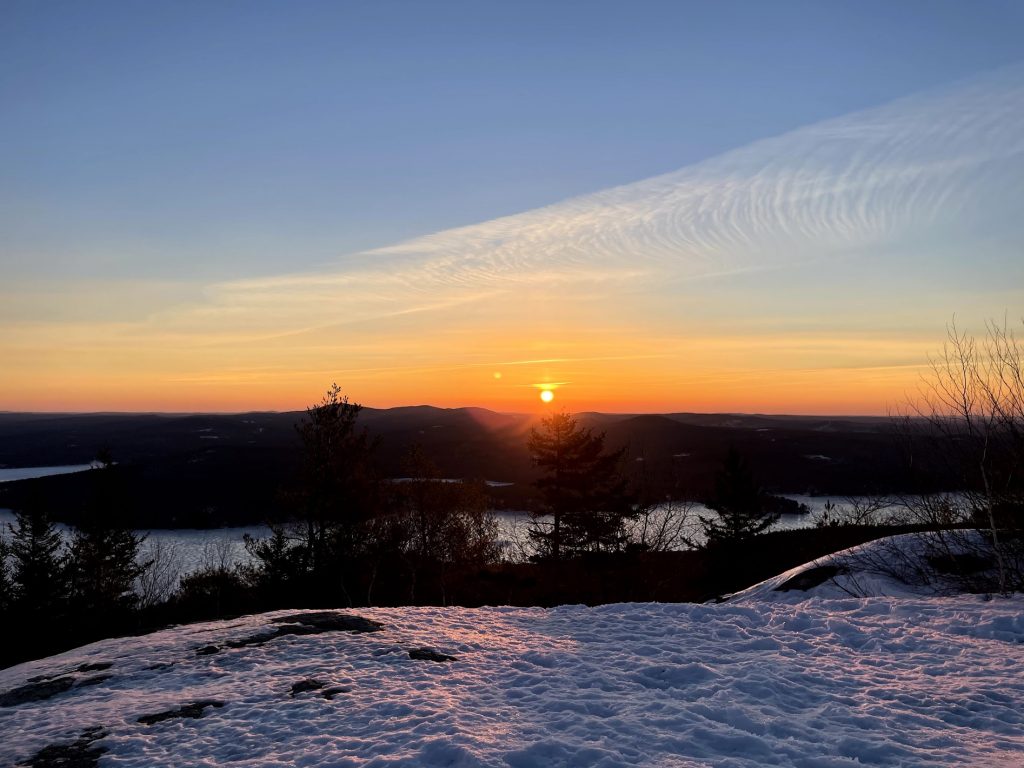
03.10.21 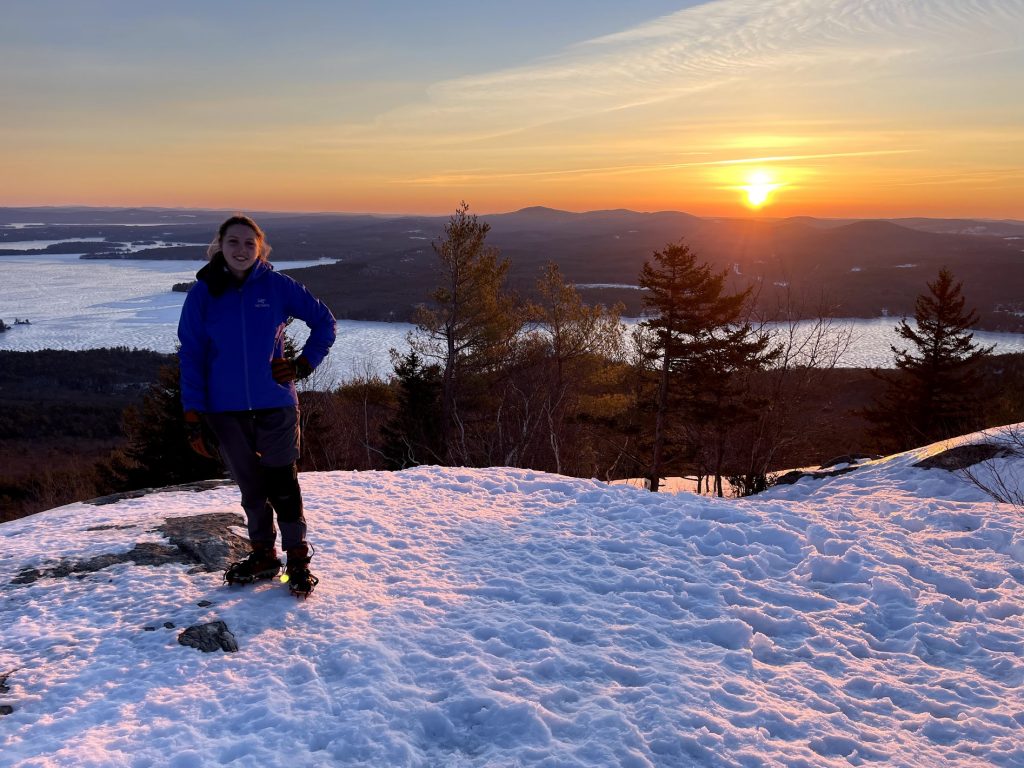
03.10.21